Bench Press Will Never Be the Same
Author:
A few days ago, International Powerlifting Federation (IPF) announced bench press rules changes that will touch a lot of aspects of bench press technique and biomechanics.

Main Bench Press Rules for Powerlifting
Technical rules updates were released at the official website, and it is said that bench press will be judged under new conditions starting from January 1, 2023.
The main idea of these changes is increasing the range of motion in shoulder and elbow joints and reducing “tricks” that athletes can use to cut the length of the bar path.
One of the reasons why IPF took this step is multiple claims at the last World Bench Press Championship in Kazakhstan. The federation members believe that the updated technical bench press competition rules “will not significantly affect the biomechanics of 95% of athletes”.
In accordance with the new rules, the IPF is changing the judging criteria to significantly limit the ability of athletes to bend the spine in the starting position, the more well-known professional term “stand on the bridge.”

The main feature of the “bridge” is a significant reduction in the trajectory of the bar. In theory and in practice, this allows to lift more weight.

Check the full list of causes for disqualification of a Bench Press:
- Failure to observe the Chief Referee’s signals at the commencement, during, or after completion of the lift.
- Any change in the elected lifting position during the lift i.e. any raising movement of the head, shoulders, or buttocks, from the bench, or lateral movement of hands on the bar.
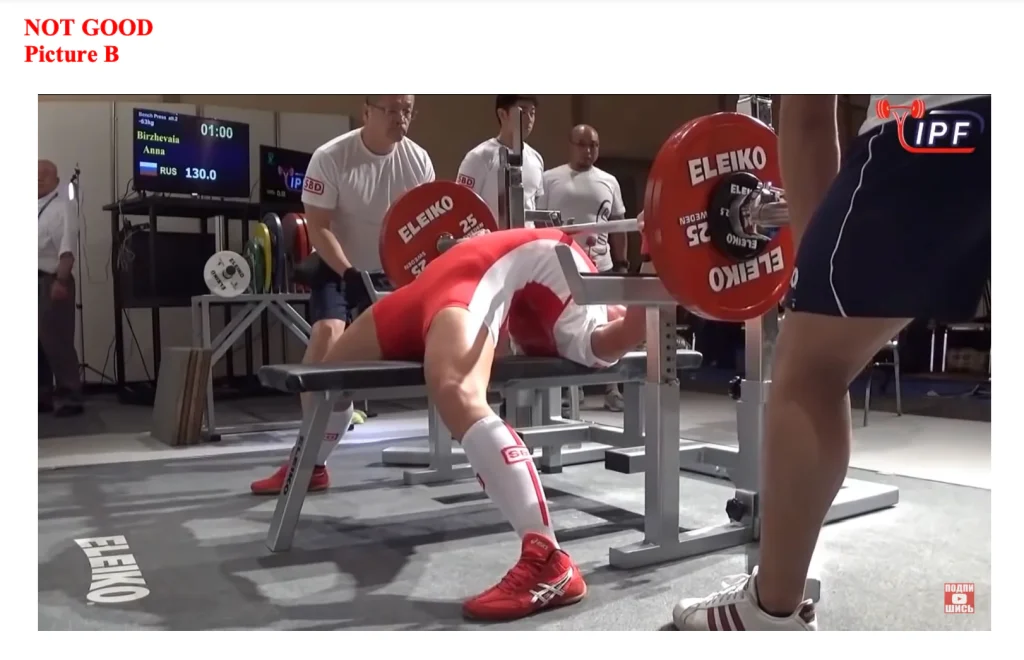
- Heaving, or sinking the bar into the chest or abdominal area after it is motionless in such a way as to make the lift easier.
- Any downward movement of the bar in the course of being pressed out.
- Bar is not lowered to the chest or abdominal area i.e. not reaching the chest or abdominal area, or the bar is touching the belt.
- Failure to press the bar to straight arms’ length elbows locked at the completion of the lift.
- Contact with the bar or the lifter by the spotter/loaders between the Chief Referee’s signals, in order to make the lift easier.
- Any contact of the lifter’s feet with the bench or its support. Lifting of the feet is not allowed. Foot movement is permissible but must remain flat on the platform.
- Deliberate contact between the bar and the bar rests support.
- Failure to lower the underside of both elbow joints to or below the top surface of each respective shoulder joint
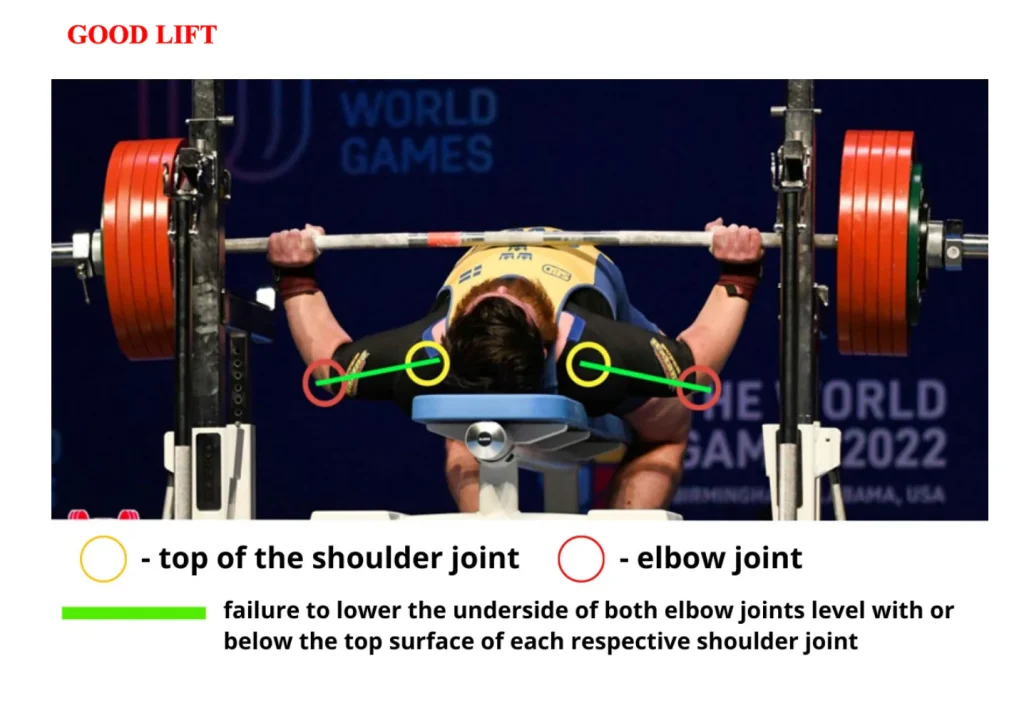
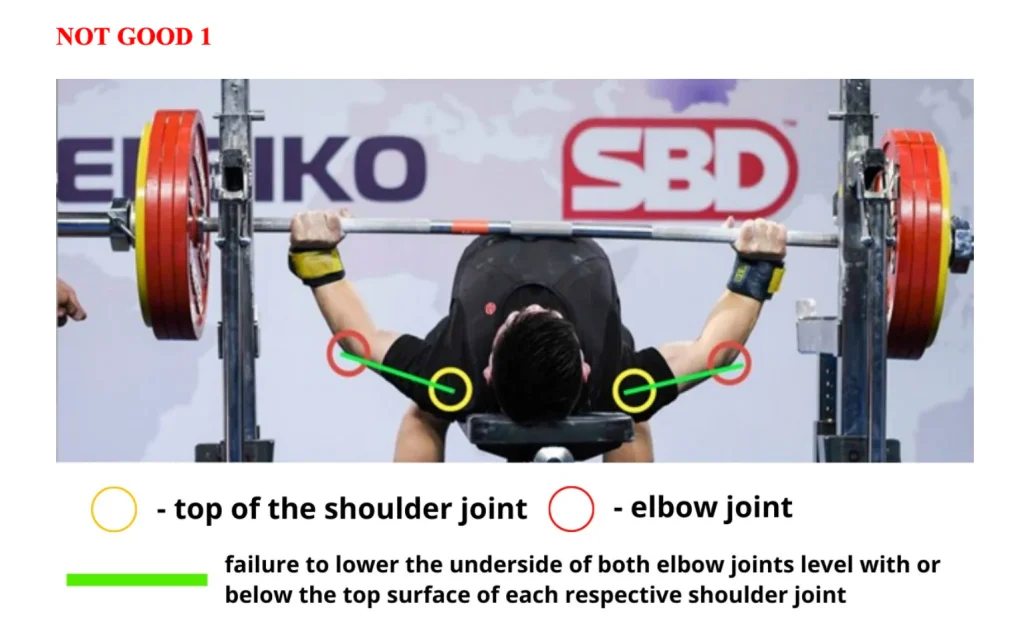
What has essentially changed in chest press?
During the setup of the starting position, the athlete cannot put his feet on the bench anymore.
During the movement, the athlete must lower the weight to the chest or abdomen, whereby the UNDERSIDE of both elbow joints is lowered to or below the TOP SURFACE of each respective shoulder joint.
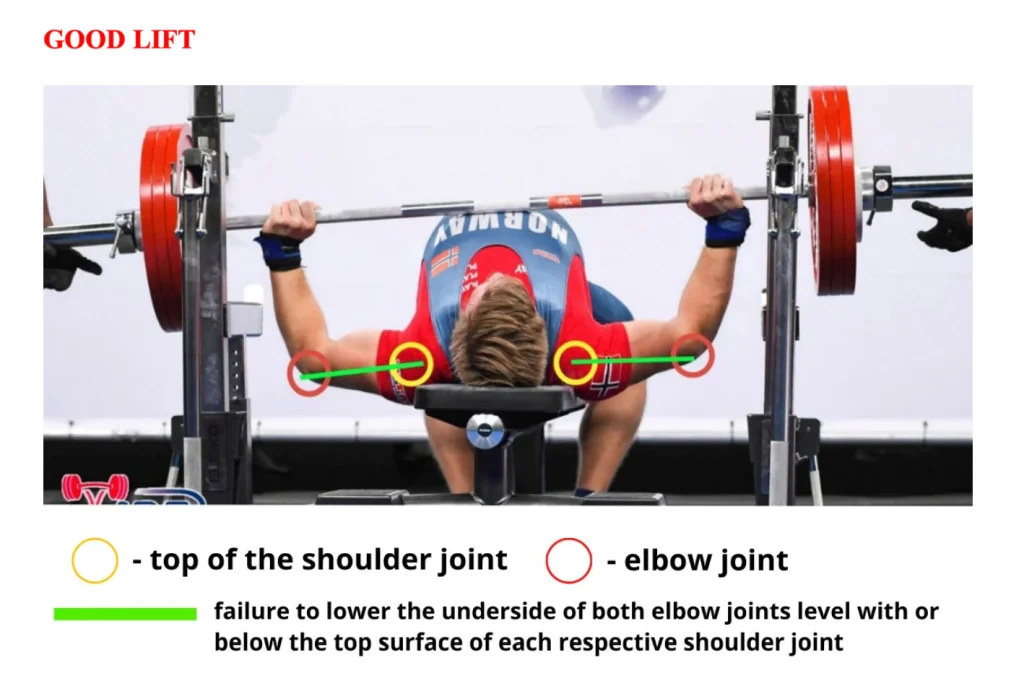
That means, if even one of the elbows does not descend to the shoulder height or below, this will be considered for “no lift” in this attempt.
The problem of the objectivity of refereeing in powerlifting has existed for years, since the competition is extremely high, and the level of results is on the verge, and sometimes beyond human capabilities. In this regard, athletes and coaches are constantly looking for technical “loopholes” in order to have an advantage over rivals.
The “bridge” trick originated from two points in the old competition rules:
- the athlete’s glutes remain on the bench throughout the entire exercise;
- the maximum allowed grip on the bar naturally reduces the range of motion, since the athlete does not need to bend his arms strongly in the elbow joints to lower the barbell to the chest.
This gave rise to the “bridge” or “arch”. Trunk arching has been the accepted norm in powerlifting for many years. And the ability to show incredible flexibility in the thoracic spine is an important selection criterion for gifted athletes in this sport.
Summarizing:
These IPF changes to powerlifting bench press rules are primarily aimed at eliminating these “tricks” among all competing athletes.
To date, it is not clear whether these changes will have a significant impact on the protocol for taking the starting position and the technique of performing a competitive exercise in general.
🔻Find Your Best Training: Take Our Quiz!
Are you ready to learn and grow? Take our simple quiz to discover the right training program for you. Let us help you succeed — click below to start the quiz!
Author: Ihor Shymechko
Pro Olympic Weightlifter, Coach
Best Results: Snatch – 208 kg,
C&J – 240 kg
Ihor has been a professional weightlifter since 1996, boasting over two decades of competition experience. His notable achievements include clinching the European Championship in 2009 and securing a silver medal in the 105kg division at the Senior World Championships in 2011. Ihor represented his country in the 2008, 2012, and 2016 Summer Olympics. After retiring from competitive weightlifting, he transitioned to coaching, leveraging his vast experience to guide athletes who now compete on both national and international stages.


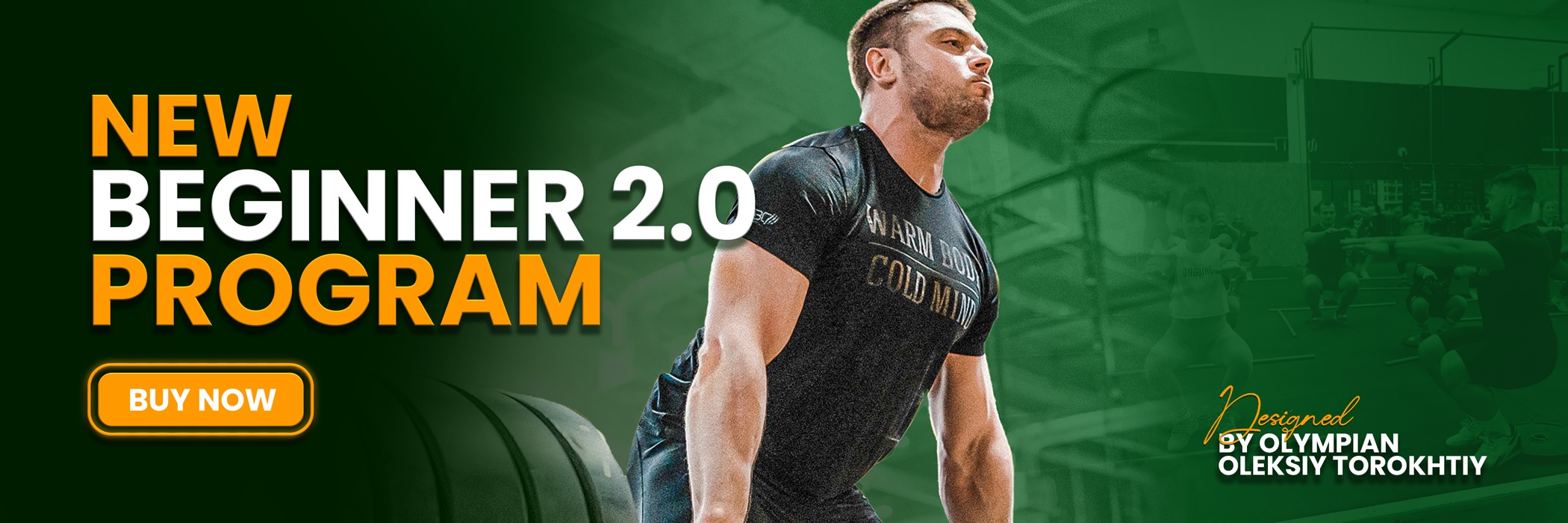

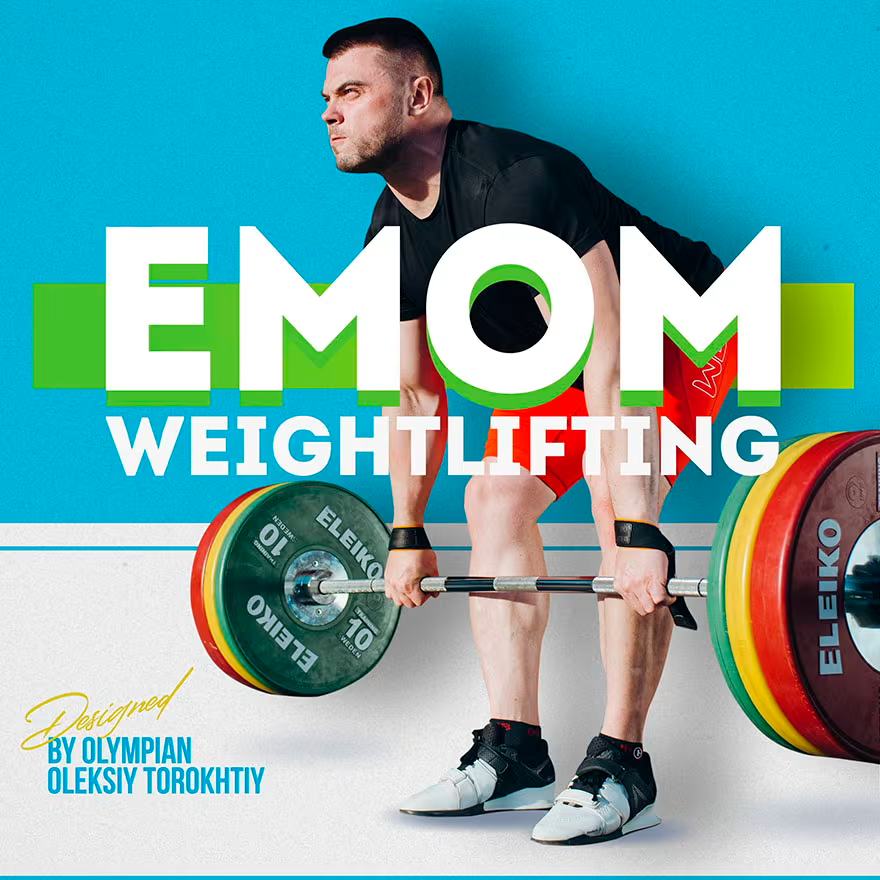
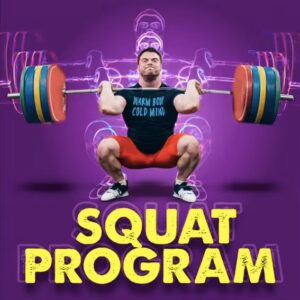

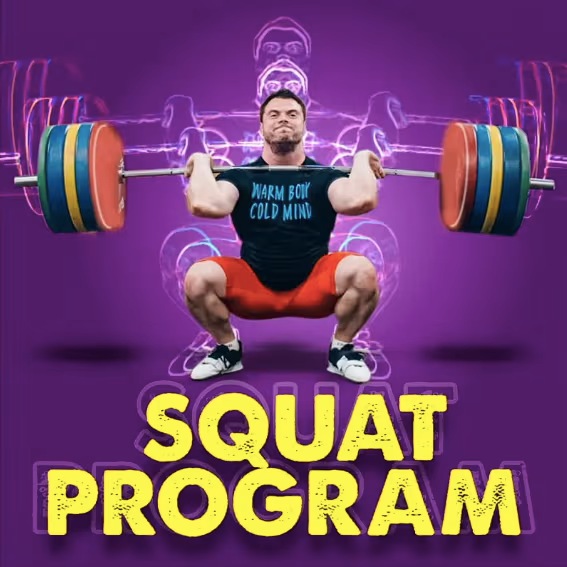

Great that shit was killing my back. Master 65-69
Still a joke of a competition
As a newcomer to the sport I see the bridge trick as cheating and going against the competitive spirit of powerlifting. The point of bench is to test upper-body strength – – not flexibility.